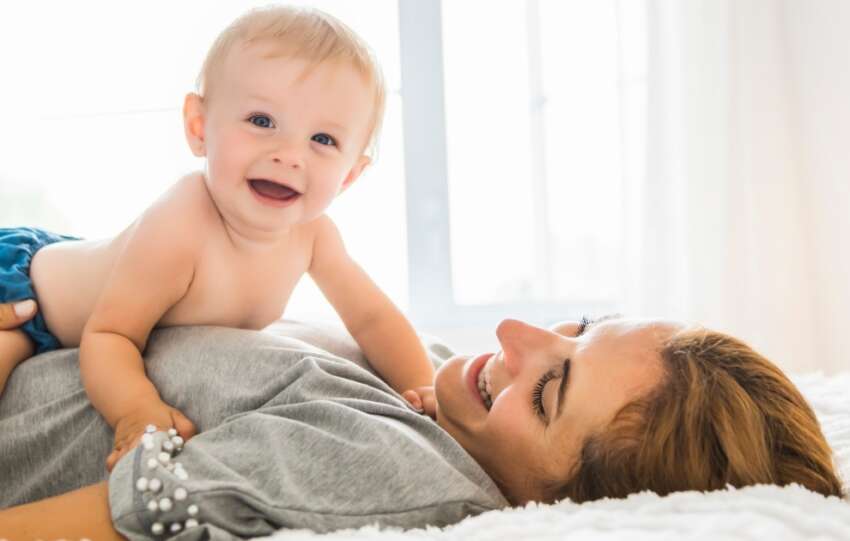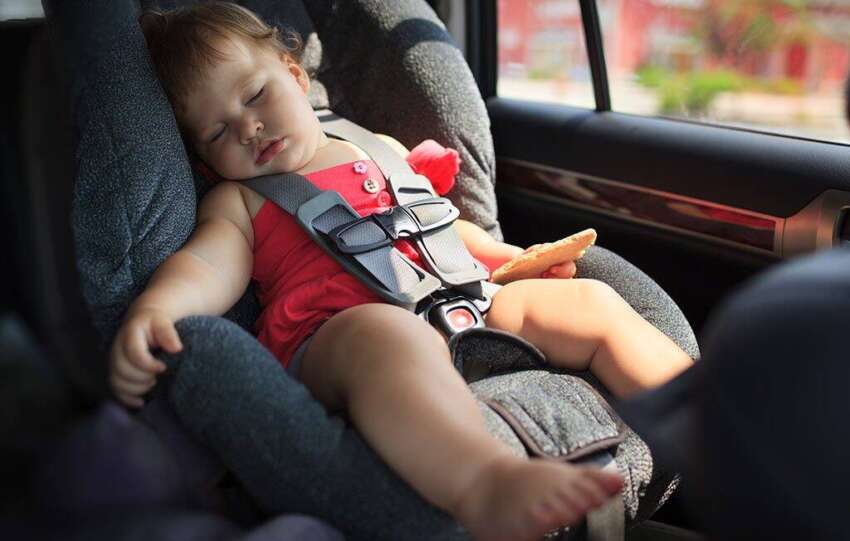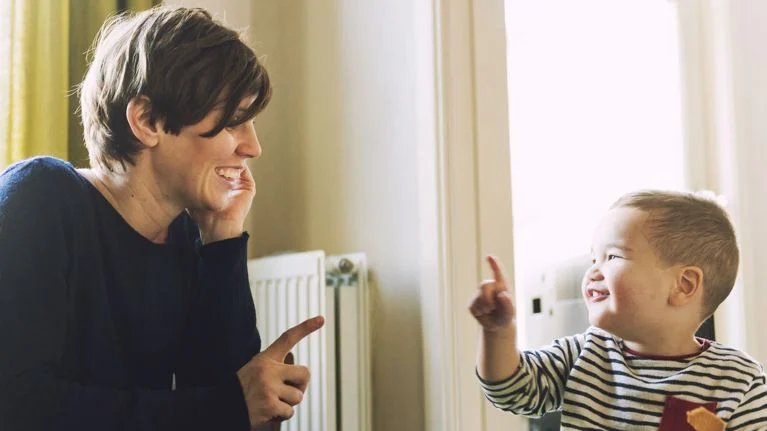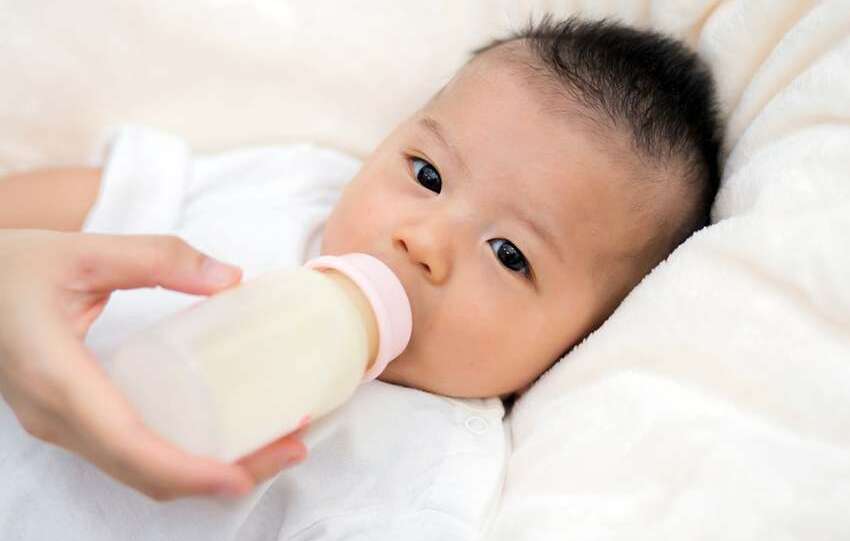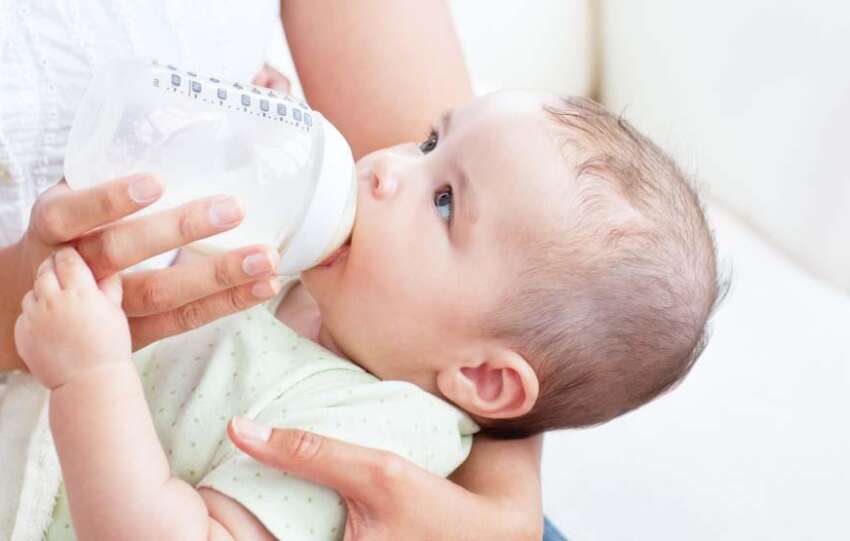As a parent, one of the most challenging moments is when your baby starts crying the moment you put them down. It can be overwhelming and leave you feeling confused and exhausted. However, rest assured that this is a common experience for many parents.
In this blog post, we will explore the possible reasons why your baby cries when you put them down, whether it’s for sleep or a nap, and specifically address the concerns of parents with three-month-old babies.
Why Does My Baby Cry When I Put Him Down to Sleep?
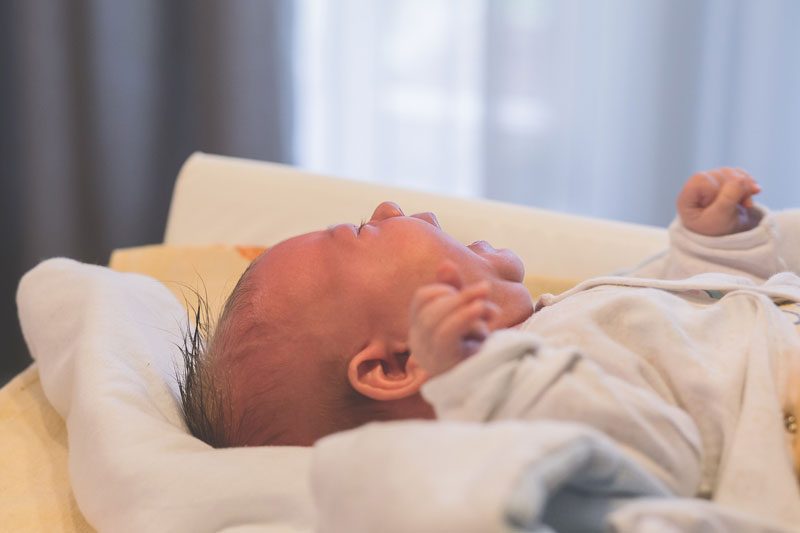
Sleep is essential for a baby’s growth and development, but sometimes they resist it and become upset when placed in their crib or bed. Here are some possible reasons for this behavior:
1. Separation Anxiety:
Babies often experience separation anxiety, especially between six and nine months of age. They may cry when you put them down to sleep because they fear being away from you. To ease their anxiety, you can establish a consistent bedtime routine and provide them with comfort objects like a soft blanket or a favorite stuffed animal.
2. Overtiredness:
When babies become overtired, they often have trouble settling down and may cry when you put them down to sleep. It’s important to watch for signs of tiredness and establish a regular sleep schedule to prevent overtiredness. Creating a calming pre-sleep routine, such as a warm bath or reading a story, can also help your baby transition to sleep more easily.
3. Sleep Associations:
Babies are creatures of habit and can become reliant on specific sleep associations, such as being rocked or held, to fall asleep. When you put them down without these associations, they may protest and cry. Gradually introducing other soothing techniques, such as gentle patting or using white noise, can help them learn to self-soothe and feel more comfortable when placed in their crib.
Why Does My Baby Cry When I Put Him Down for a Nap?
Naptime can often present its own set of challenges. Understanding the reasons behind your baby’s tears when you put them down for a nap can help you address the issue more effectively. Consider the following possibilities:
1. Overstimulation:
Babies can quickly get overwhelmed, especially if they’ve been busy playing or in a noisy environment before their nap. All that excitement can make it hard for them to calm down and unwind. To help your little one transition to naptime more easily, it’s helpful to create a peaceful and serene atmosphere. Try dimming the lights, reducing noise, and making the environment calm and quiet. These simple adjustments can make a big difference in helping your baby relax and settle into sleep.
2. Hunger or discomfort:
Babies may cry when they’re hungry or uncomfortable, which can interfere with their ability to settle down for a nap. Ensure your baby’s basic needs, such as feeding and changing, are taken care of before naptime. Additionally, consider the temperature and clothing in their sleep environment to ensure they are comfortable.
3. Nap schedule adjustments:
As babies grow, their nap needs change. If your baby cries when you put them down for a nap, it could be a sign that their nap schedule needs adjustment. Observe their natural sleep patterns, look for signs of tiredness, and adapt the schedule accordingly. Keep in mind that each baby is unique, and it may require some trial and error to find the right nap routine.
Why Does My 3-Month-Old Cry When I Put Him Down?
At three months old, babies are undergoing significant developmental changes, which can affect their behavior. Here are a few reasons why your three-month-old baby may cry when you put them down:
1. Increased awareness:
At this age, babies become more aware of their surroundings, leading to heightened sensitivity. They may become overwhelmed or anxious when placed down because they want to be close to you and feel secure. Implementing gentle transition techniques, such as placing your hand on their chest or using a baby carrier, can help them feel more secure as they adjust to being put down.
2. Growth spurts:
Three-month-old babies often experience growth spurts, which can disrupt their sleep patterns and lead to increased fussiness. During these periods, babies may have a harder time settling down when put down to sleep or for a nap. Providing extra comfort, feeding, and reassurance during growth spurts can help alleviate their discomfort and make the transition easier for them.
3. Need for physical contact:
Babies have an innate need for physical contact and closeness. Your three-month-old may cry when you put them down because they desire the warmth and security of being held. Using baby-wearing techniques or investing in a quality baby swing or rocker can help fulfill their need for physical closeness while allowing you to attend to other tasks.
Conclusion
It’s important to remember that crying is a normal part of a baby’s communication. Understanding the possible reasons why your baby cries when you put them down, whether for sleep or a nap, can help you respond appropriately and provide the support they need. By addressing their physical and emotional needs, creating a soothing sleep environment, and implementing consistent routines, you can help your baby feel more comfortable and secure, promoting better sleep and happier wake times for both of you.
